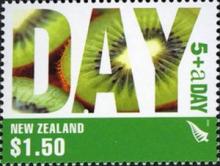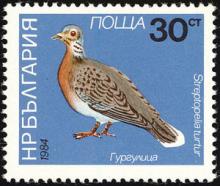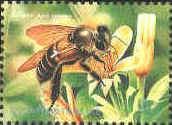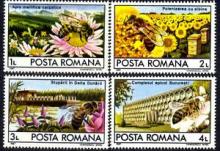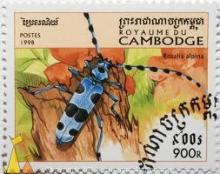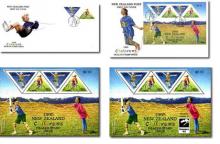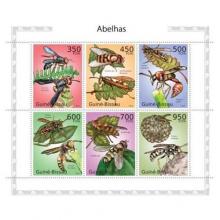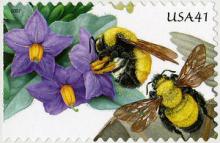Reduced pesticide toxicity and increased woody vegetation cover account for enhanced native bird densities in organic orchards
Organic farming is often promoted as a solution for counteracting the adverse impacts of agricultural intensification on biodiversity. However, it is unclear whether the biodiversity benefits derived from organic farming require an adoption of organic farming in its entirety (i.e. a systems-level approach) or whether the benefits derived are because of just a small subset of the associated management practices. Using bird survey data collected from kiwifruit orchards in New Zealand, we assessed whether orchards managed under an organic system support higher bird densities than those under integrated management systems. To determine whether biodiversity gains might also be achieved on non-organic orchards, we tested whether variation among kiwifruit orchards in the amount of (non-crop) woody vegetation cover, density of shelterbelts and toxicity of pesticide applications are better predictors of bird densities than management systems. Pesticide use and habitat composition variables were better predictors of native bird densities than management system, with native bird densities negatively associated with pesticide toxicity ranking and/or positively associated with woody vegetation cover.

